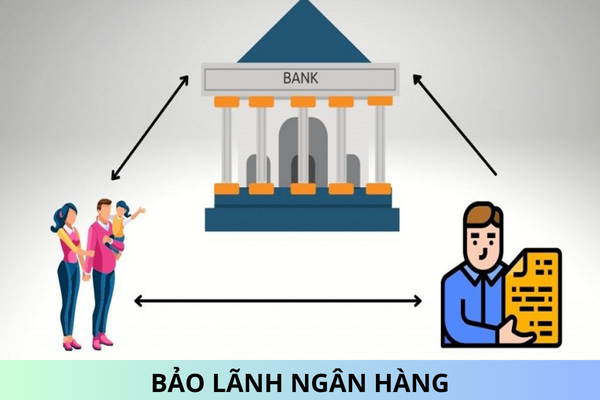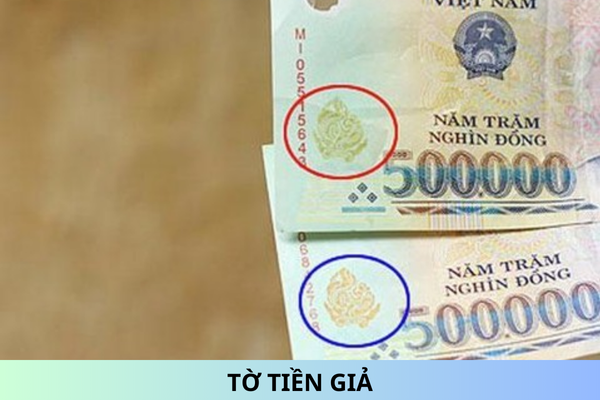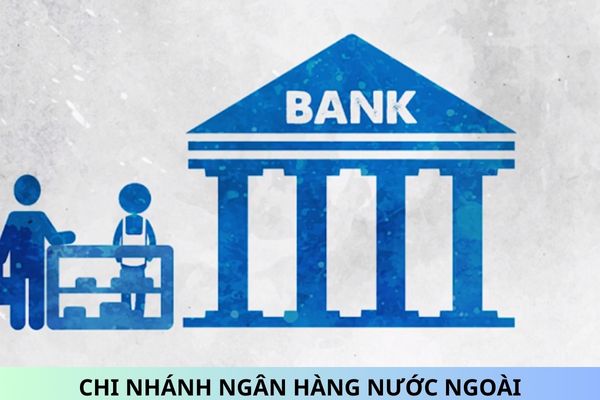Latest regulations on the management and operation of the National Interbank Electronic Payment System in Vietnam take effect from August 15, 2024
What are latest regulations on the management and operation of the National Interbank Electronic Payment System in Vietnam taking effect from August 15, 2024? What are types of electronic signatures participating in the National Interbank Electronic Payment System in Vietnam?
What are latest regulations on the management and operation of the National Interbank Electronic Payment System in Vietnam taking effect from August 15, 2024?
On June 25, 2024, the Governor of the State Bank of Vietnam issued Circular 08/2024/TT-NHNN regarding the management and operation of the National Interbank Electronic Payment System.
The National Interbank Electronic Payment System is a comprehensive system that includes: the National Processing Center, the Backup National Processing Center, software installed at members and member units to process payment orders.
- The business processing components include: High-Value Payment Component, Foreign Currency Payment Component, Low-Value Payment Component, Payment Account Processing and Data Checking and Reconciliation Component.
- The High-Value Payment Component performs real-time settlement for payment orders in Vietnamese dong using high-value payment services.
- The Foreign Currency Payment Component performs real-time settlement for payment orders in foreign currencies using foreign currency payment services.
- The Low-Value Payment Component performs payment for low-value payment orders using low-value payment services.
- The Payment Account Processing and Data Checking and Reconciliation Component performs checks, accounting for high-value payment orders, foreign currency payment orders, processing of low-value offset results, and net settlement results from other systems.
Latest regulations on the management and operation of the National Interbank Electronic Payment System in Vietnam take effect from August 15, 2024 - image from internet
What are types of electronic signatures participating in the National Interbank Electronic Payment System in Vietnam?
According to Clause 1, Article 8 of Circular 08/2024/TT-NHNN on the issuance, management, and use of electronic signature certificates, electronic signatures participating in the National Interbank Electronic Payment System are as follows:
Issuance, management, and use of electronic signature certificates and electronic signatures participating in the National Interbank Electronic Payment System.
1. Electronic signatures are divided into 3 types:
a) Electronic signature of the initiator of the transaction order.
b) Electronic signature of the controller of the transaction order.
c) Electronic signature of the approver of the transaction order.
2. The delegation of authority for the initiator, controller, and approver of the transaction order at members and member units shall be determined by the authorized person of the unit, ensuring the independence of the initiator from the controller and approver.
3. The State Bank of Vietnam issues electronic signature certificates for the approver and electronic signature certificates for connection authentication (connection certificates) between the software installed at member units and the National Processing Center.
4. The issuance, management, and use of electronic signature certificates for the approver and connection certificates for participation in the National Interbank Electronic Payment System shall be carried out in accordance with the regulations of the State Bank of Vietnam.
Therefore, electronic signatures participating in the National Interbank Electronic Payment System are divided into three types:
- Electronic signature of the transaction initiator.
- Electronic signature of the transaction controller.
- Electronic signature of the transaction approver.
What are regulations on the guidelines for the process of creating a payment order from paper documents in the National Interbank Electronic Payment System in 2024 in Vietnam?
According to Clause 1 Article 12 of Circular 08/2024/TT-NHNN, the process of creating a payment order from paper documents in the National Interbank Electronic Payment System in 2024 is as follows:
The initiator of the transaction order performs the following steps to initiate the payment order:
Step 1: Verify the validity and legality of the customer's payment transaction documents.
Step 2: Determine and classify the payment order for processing.
Step 3: Reconcile and verify the customer's account balance.
Step 4: Enter the following basic information:
- Initiating unit (name, bank code), amount, name, address, account number (if any), identification number or personal identification number or passport number of the ordering party or enterprise code (for ordering party as an enterprise).
- Serving unit for the ordering party, receiving unit (name, bank code), name, address, account number (if any), identification number or personal identification number or passport number, date and place of issuance of identification card or personal identification number or passport of the beneficiary or enterprise code (for beneficiary as an enterprise).
- Serving unit for the beneficiary, money transfer content, and other relevant transaction details in the interbank market, state budget payment transactions, government bond trading, and other types of transactions (if any).
Step 5: Review the entered data and sign the electronic signature on the payment order.
Step 6: Sign on the paper documents, transfer the documents and entered data to the controller of the transaction order.
Step 7: The controller of the transaction order.
Step 8: Based on the content of the related documents, recheck the following factors: receiving unit, serving unit for the ordering party, serving unit for the beneficiary, amount to verify the data entered by the initiator, and payment content.
Step 9: In case of detecting errors, return the payment order to the initiator.
Step 10: In case the data is correct, sign the electronic signature on the payment order, sign on the paper documents, and transfer them to the approver of the transaction order.
Step 11: The approver of the transaction order.
Step 12: Verify the accuracy between the data on the original documents and the data on the system.
- In case of detecting errors, return the payment order to the initiator or controller.
- In case the data is correct, sign on the paper documents, sign the electronic signature on the payment order, and proceed with the transfer.











